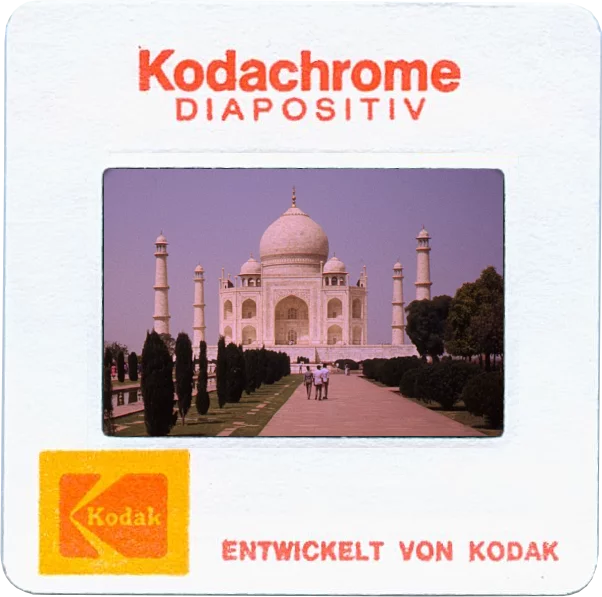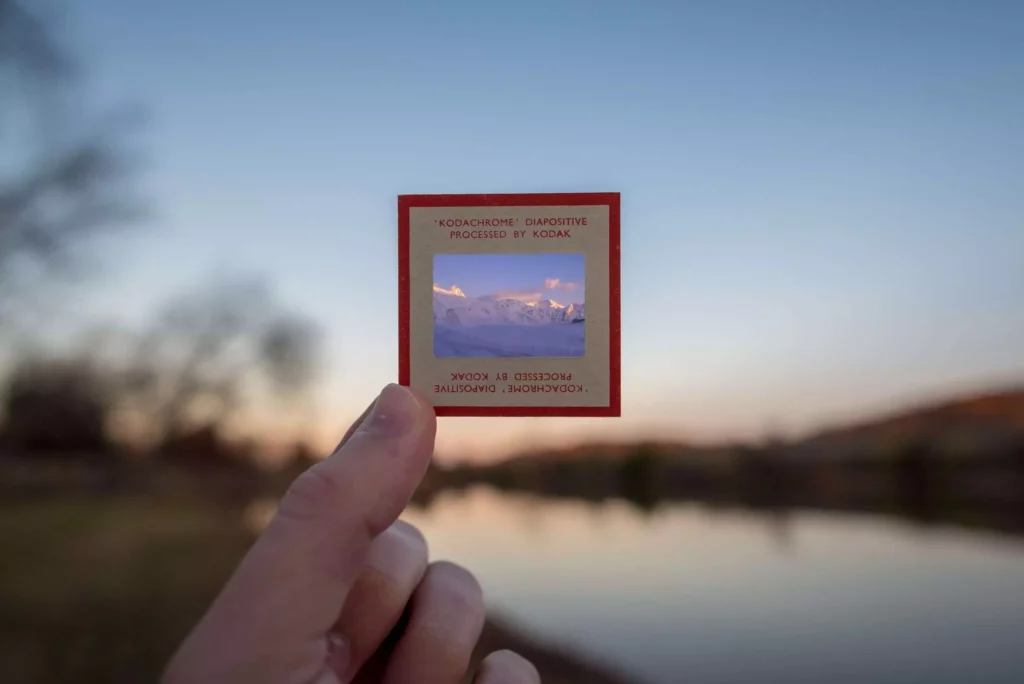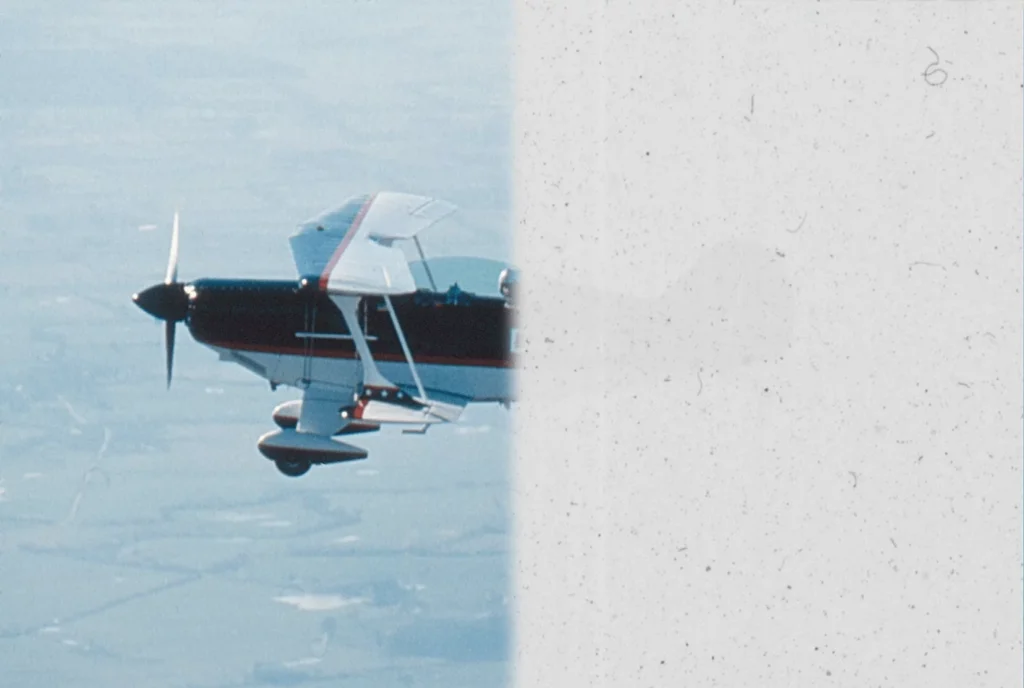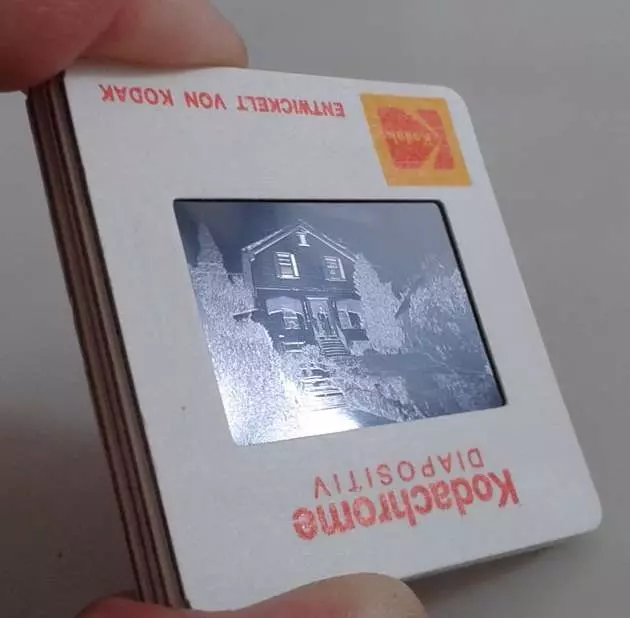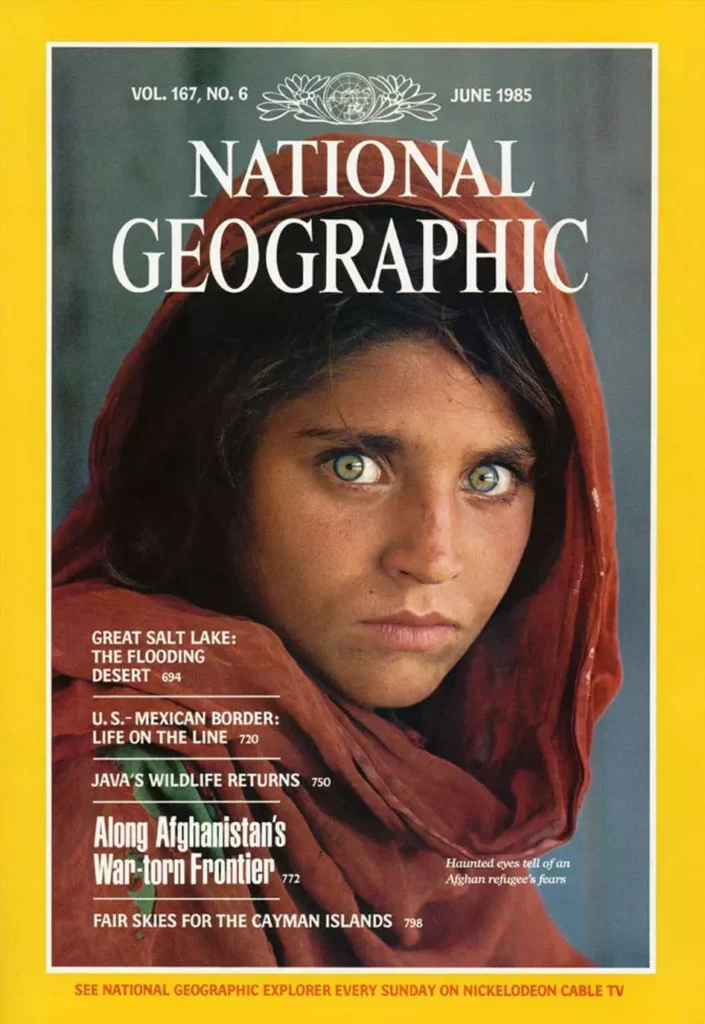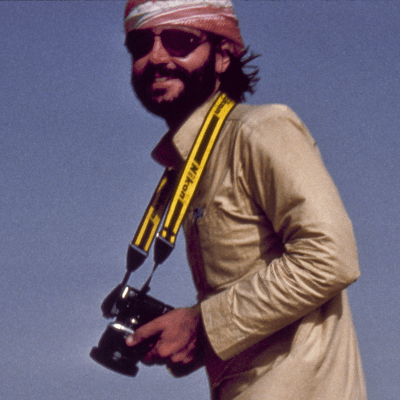J'ai plus qu'une million de diapos Kodachrome dans mes archives de photos. Le procès de numérisation m'a montré clairement que le facteur le plus coûteux c'est le temps qu'il me faut pour enlever de la poussière et des rayures. Dieux soit loué, il y a le logiciel SilverFast. La fonction de dépoussiérage dans ce logiciel m'a gagné beaucoup de temps. Si j'approuve le logiciel SilverFast? Vous pouvez parier que je le fais.
Scanner les Kodachromes
Une introduction au film Kodachrome est-elle vraiment nécessaire? Probablement pas. Pour la plupart des photographes analogiques, Kodachrome est un concept familier et beaucoup plus que cela: un souvenir, un morceau d’histoire, un sentiment. L’invention du Kodachrome est attribuée aux deux musiciens Léopold Godowsky et Léopold Mannes, qui se sont basés sur les recherches de Dr. Rudolf Fischer et qui ont travaillé par ordre de Kodak.
En anglais, on dit aussi en plaisantant que Kodachrome a été inventé «by God(owsky) and Man(nes)», Dieu et l’homme. Kodak a produit ce film à trois couleurs très réussi de 1935 à 2009, et était loin devant les autres fournisseurs de films en termes de qualité. Les diapos Kodachrome sont caractérisées par une excellente netteté, un grain fin et un rendu des couleurs naturel et doivent être stockés correctement pour une durée de conservation plus longue.
Essayez SilverFast gratuitement !
Téléchargez notre version démo pour découvrir SilverFast sans engagement. Déjà convaincu ? Visitez notre boutique en ligne pour acheter SilverFast et débloquer la version complète.
